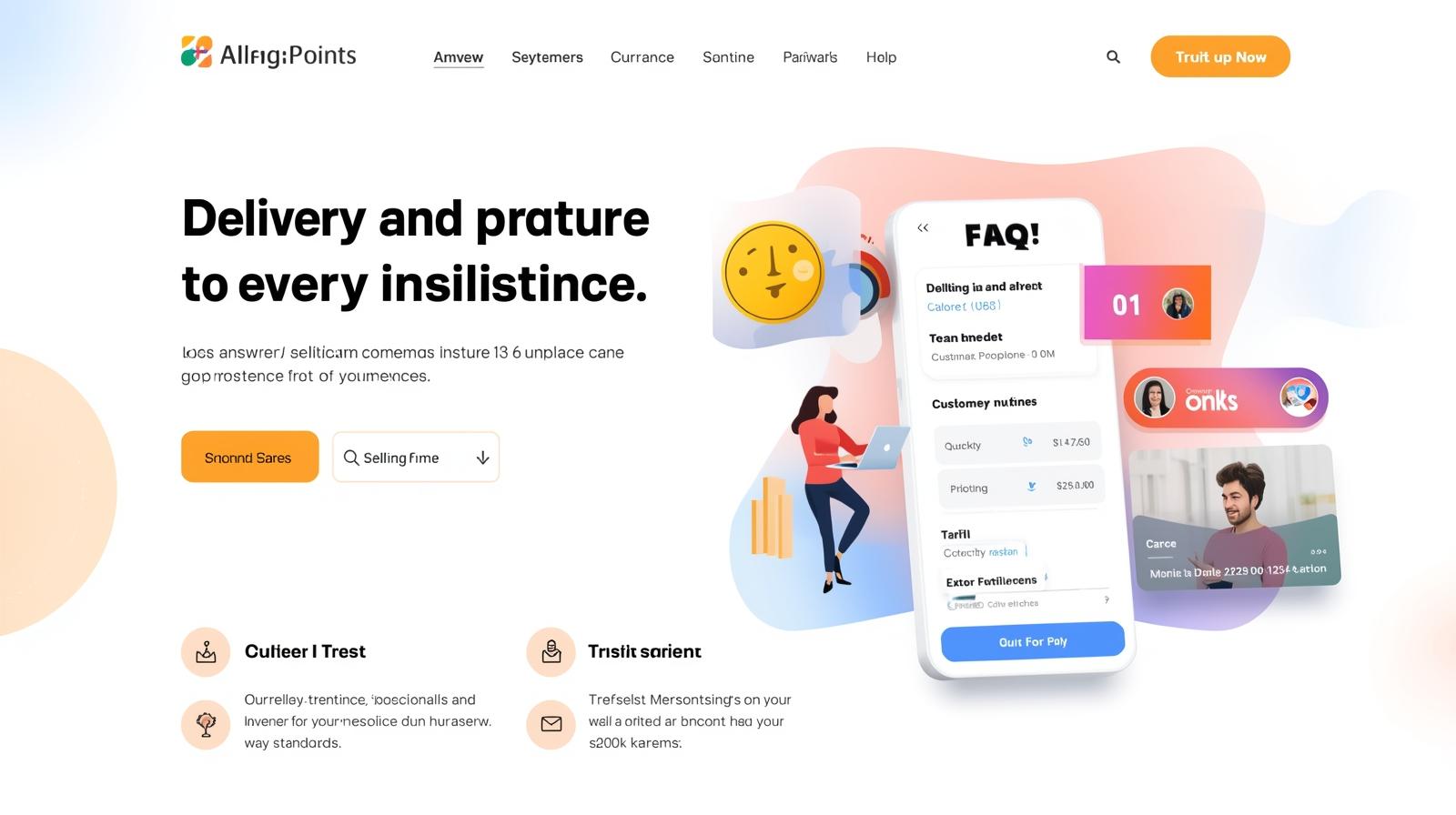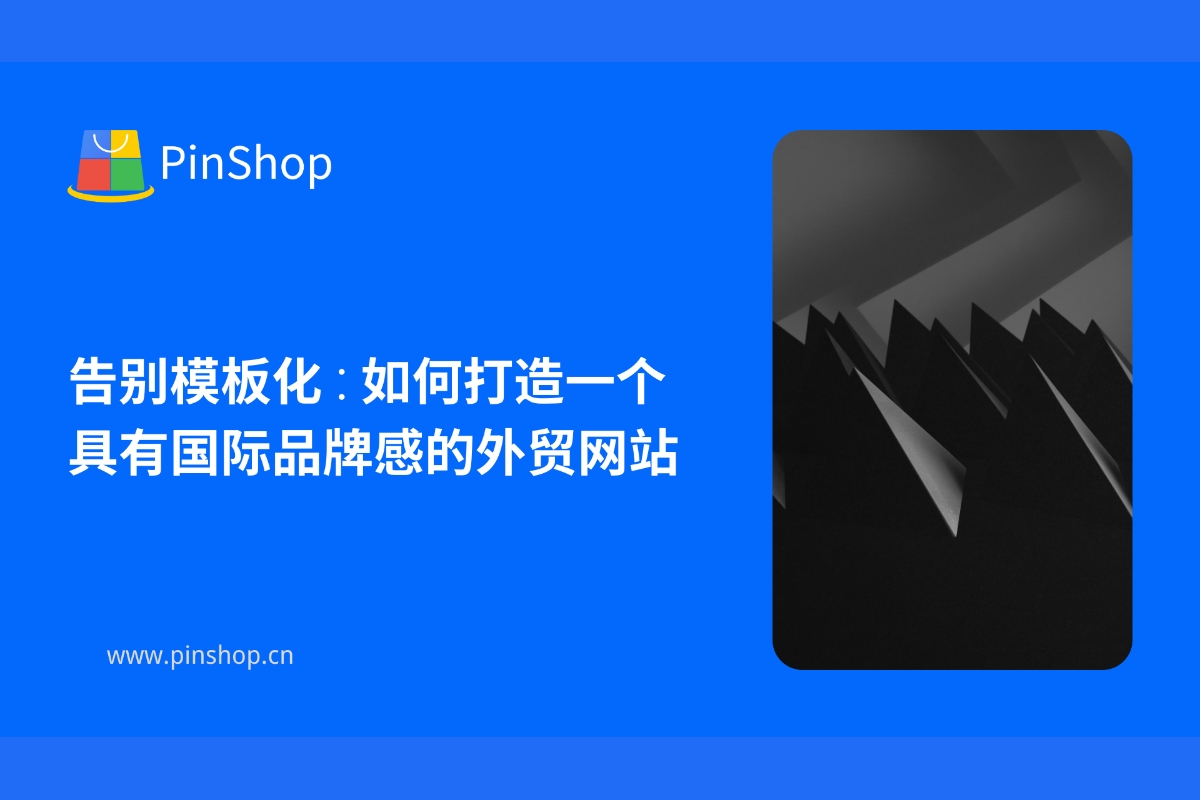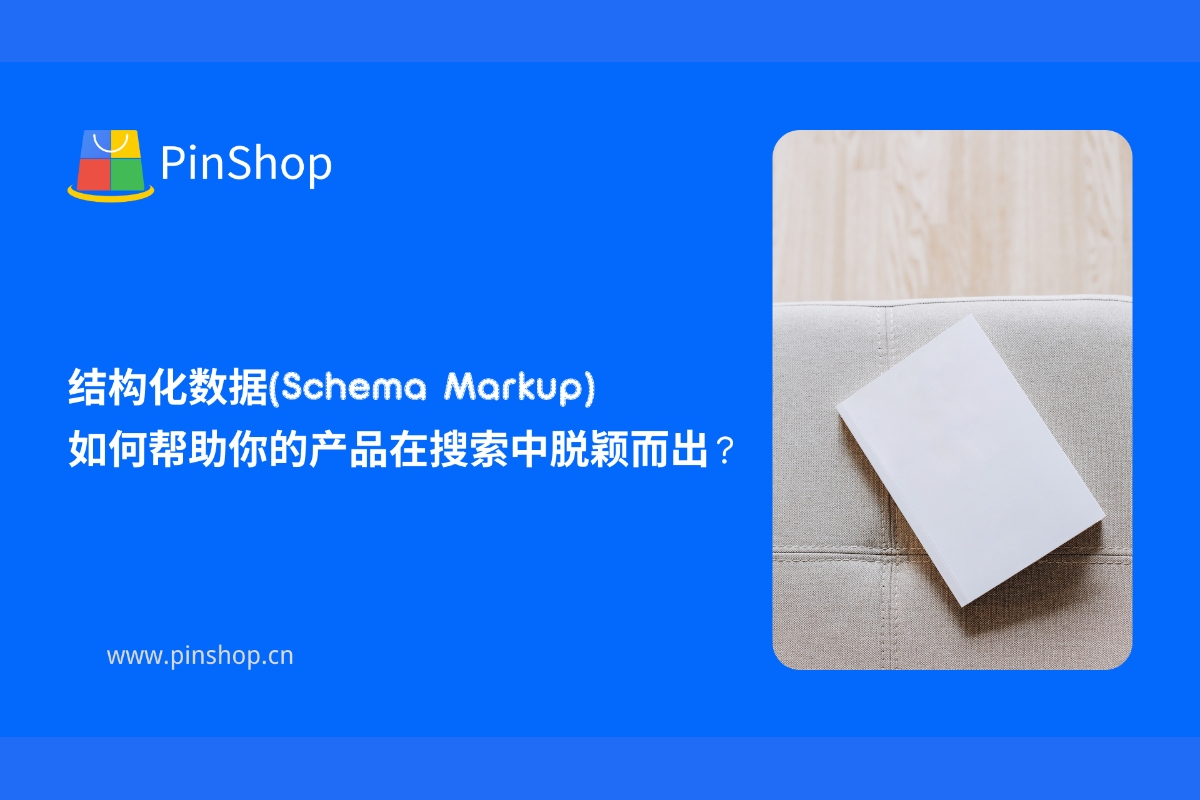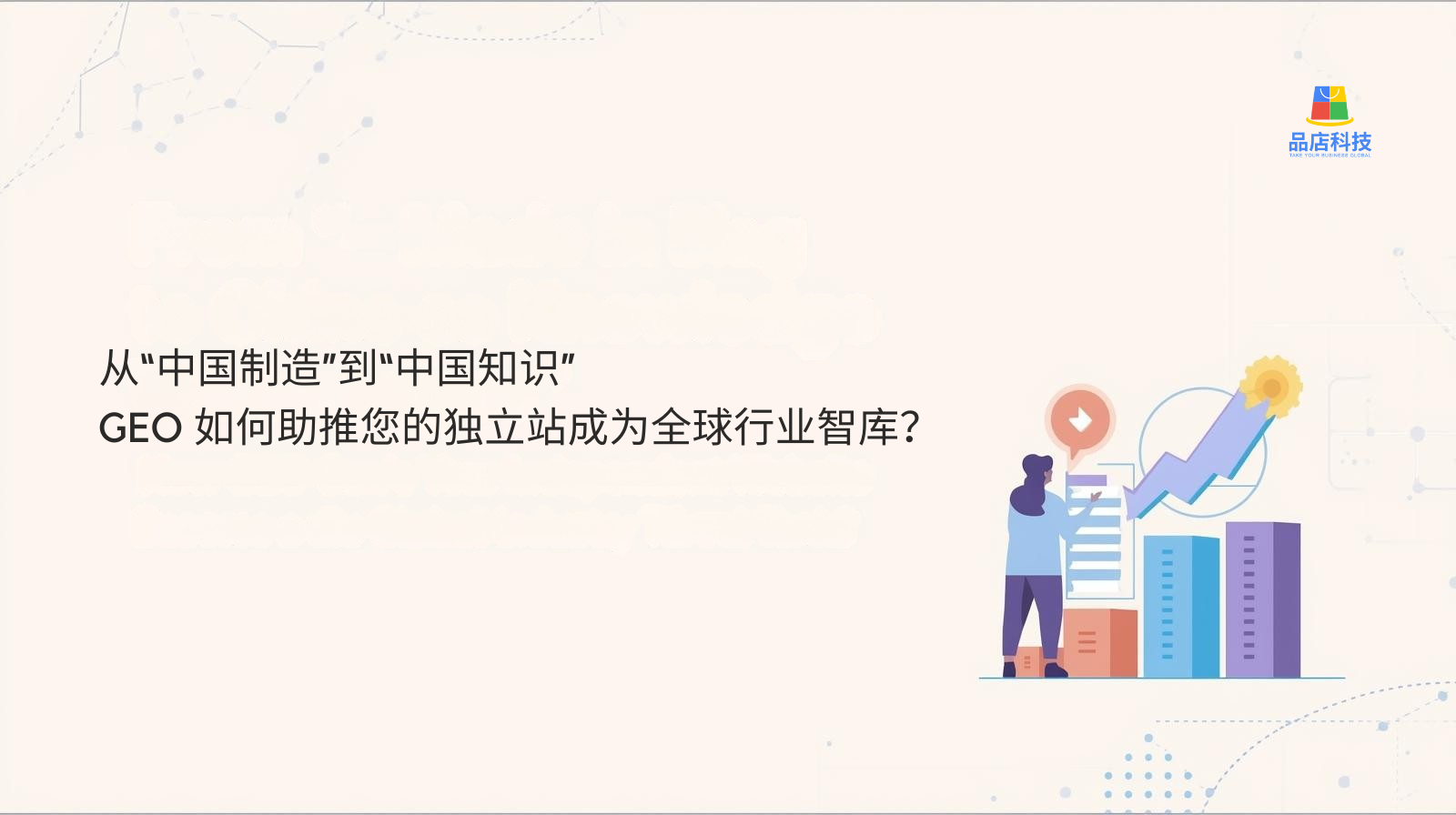1. Why the “Landing Page Matrix” is the core of GEO optimization
The goal of GEO optimization isn't simply to "translate" a page; it's to ensure that users in the right country and language consistently hit the most relevant landing page for search engines . This requires building a "country x language x core keyword" landing page matrix based on each country's search intent, currency and logistics commitments, and legal and trust factors . This ensures crawlability, usability, and speed at the architecture and performance levels.
2. Starting with Architecture: Site Form and Regional Signals
Before entering the keywords and page building, first clarify the site form:
ccTLD (example.de)/subdomain (de.example.com) : Strong regional presence, facilitating local backlinks and compliance; however, this approach requires higher costs and maintenance. Before going live, verify the suffix's consistency with the IANA Root Zone Database .
Multiple directories (example.com/de/) : Concentrated weight, fast launch, need to use hreflang, structured data and local elements to strengthen regional signals.
Regardless of the form adopted, you should follow the multilingual/multi-regional site specifications of Google Search Central to plan crawling paths and version directions.
3. Get the right local keywords: three steps to get "convertible" keywords
Collection : Extract local expressions of core business terms for each target country (avoid literal translation), and combine them with brand/category/pain point terms to form a "topic-subtopic-long tail" tree.
Identify intent : Distinguish between "information-based/commercial/transaction-based" and match each word to the corresponding page template (blog/category/product/solution page).
Mapping Matrix : Use a "country × language × keyword → URL" mapping table to avoid contention within the same domain. Replace titles, descriptions, main headings, and images with localized wording and units (kg ↔ lbs, cm ↔ inches). Language annotations follow the W3C I18n recommendations for BCP 47 , such as
en-USde-DE, to ensure machine understanding.
4. Landing Page Templates: One Framework, Multiple Reuses
First screen elements : clear selling points + local evidence (delivery time, certification, country of case), and clearly display currency and tax included/excluded .
Trust components : local phone number/address, customer testimonials, industry certifications and media citations; FAQ answers to "tariffs/after-sales/standards".
Schema : Unified configuration of structured data such as
Organization,Breadcrumb, andProductto improve visibility.Action path : CTA and inquiry form fields are tailored to the region (required fields are minimized), and support local instant messaging/WhatsApp/email switching.

5. Standardized annotation: hreflang, sitemaps, and internal links
Hreflang looping : Each language/region version declares
rel="alternate" hreflang="xx-YY"and providesx-defaultpointing to the language selection page; the Sitemap and HTML declaration are consistent, refer to Google Search Central for examples and verification suggestions .Internal links : Provide explicit language switching in the header/footer to avoid strong IP-based redirects; use cross-links of "same topic in different regions" to enhance relevance signals.
Directory specifications : standardize lowercase, hyphens, and constant parameters to ensure inclusion and facilitate batch management.
6. Performance and Availability: Making the World Fast and Stable
Rendering strategy : Prioritize SSR/SSG (such as React+Next.js staticization) to ensure that the first screen is crawlable and interactive.
CDN/Edge : Distribute content to the nearest target market, automate image adaptation, and lazy load; avoid blocking scripts that affect LCP/CLS.
No forced redirect : Select an alternative IP address in a prompt language to avoid the crawler being unable to access other versions; this is consistent with Google Search Central's localized crawling recommendations .
7. Run Through with Data: Evaluate – Expand – Iterate
Indexing and mismatches : Check international targeting and hreflang reports in GSC and fix 404/redirection links.
Country stratification : Compare impressions/clicks/rankings/conversions by country; supplement payment methods, delivery commitments, and customer service time zones for low-conversion countries.
Extension rules : Once the "word package-template-link structure" for a country's theme is successfully implemented, it should be replicated to adjacent languages or similar markets. At the same time, the language tag specifications of the IANA Root Zone Database and W3C should be checked to ensure consistency in naming and labeling.
8. List of Common Misconceptions
Translation without localization (missing currency/legal/logistics);
The hreflang is not looped or has incorrect code, resulting in self-competition;
Strong IP jump makes other versions unreachable;
Templates are reused but local words and evidence are not replaced, resulting in high click-through rates and low conversion rates.
The directory and parameters are confusing, and the page cannot be included stably.
Conclusion and CTA
The essence of GEO optimization is " structured expression + localized evidence + high-performance delivery ." From architecture, keywords, templates to standards and speed, any weak link will affect global exposure and conversion.
Pinshop , built with React and Next.js , features built-in multilingual and hreflang management, automated sitemaps, static deployment, global CDN acceleration , and batch page generation , helping you quickly build a country/language x keyword landing page matrix. Contact Pinshop now to efficiently and cost-effectively capture more high-intent international traffic and inquiries.







